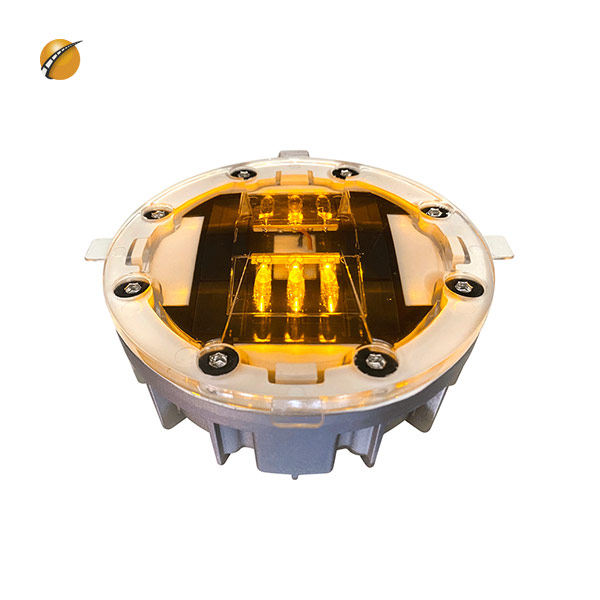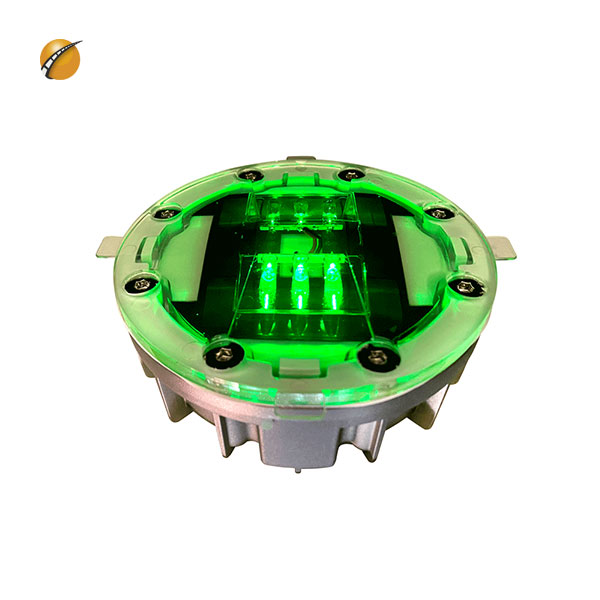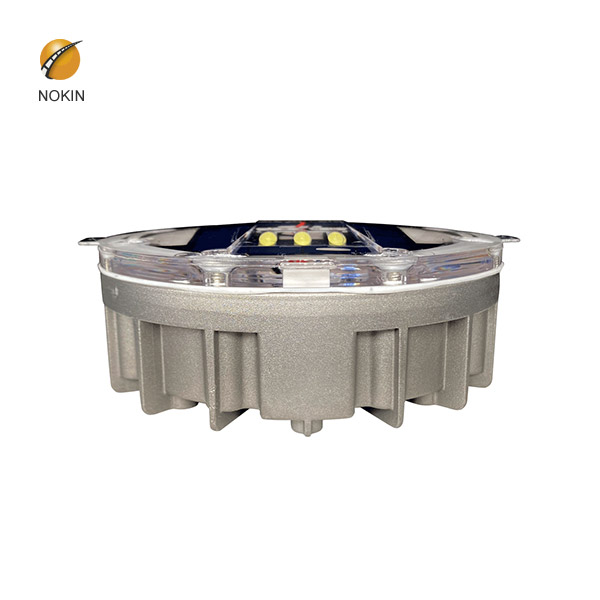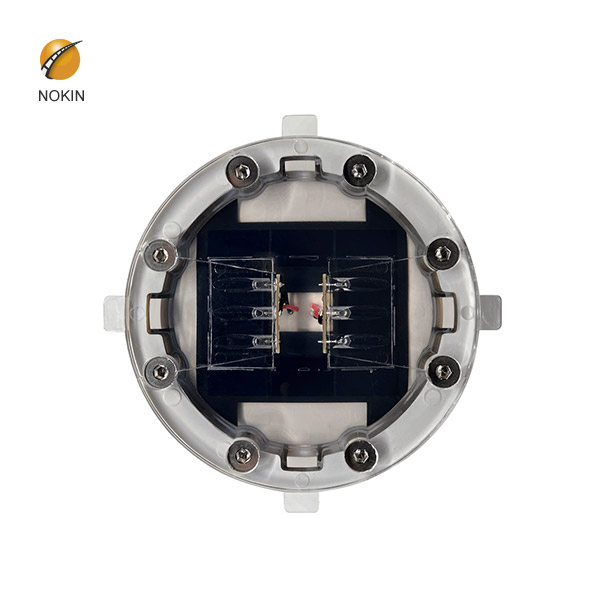The Specification of heavy-duty solar stud:
| Body material : | Cast Aluminum |
| Power supply: | 5V/80MAH Monocrystalline silicon |
| Battery: | Lithium battery3.2V/1000MAH |
| LED: | 3pcs/side φ10mm super brightness LED |
| LED Color: | White Green Red Yellow Blue |
| Flashing model: | flashing or constant |
| Working hours: | 180 hrs for flashing modes,40hrs for steady modes |
| Visual distance: | 1000m(approx) |
| Waterproof: | IP68 |
| Load capacity | >40T(can be installed in the middle of the road) |
| Size: | Ф120*50mm(bottom) Ф135*50mm(upper) |
| Weight: | 700g |
| Life span: | 3-5 years with battery |
| Working Temperature | -25 °C~ + 75°C |
| waterproof | IP68 |
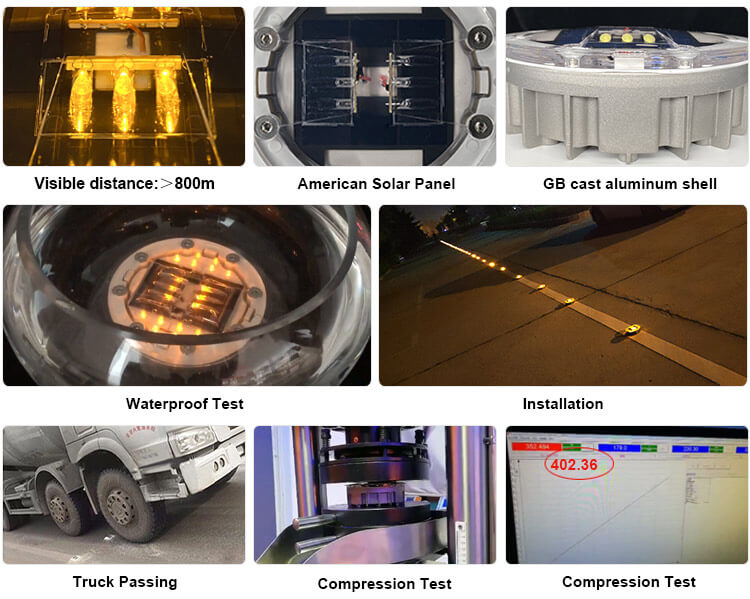
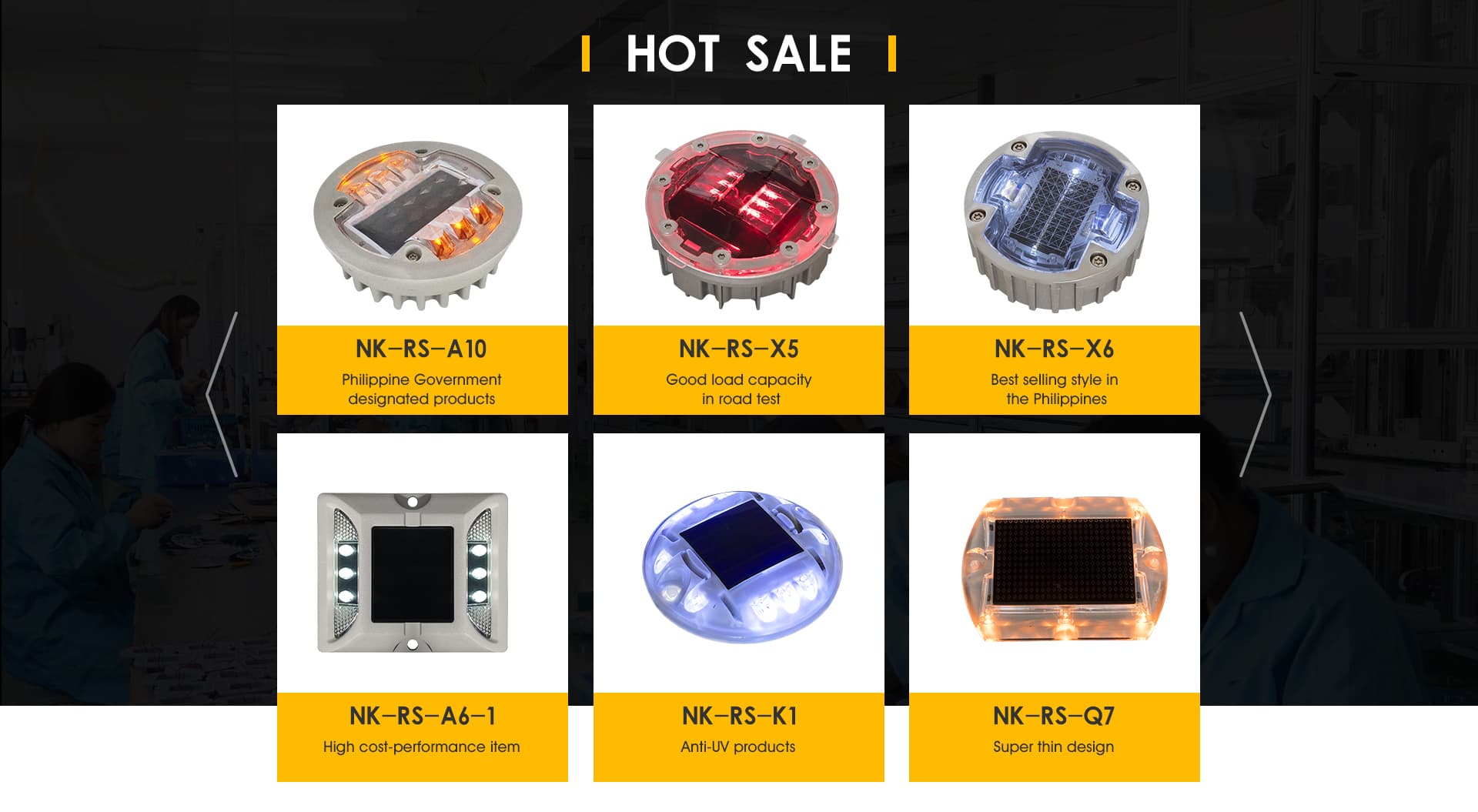
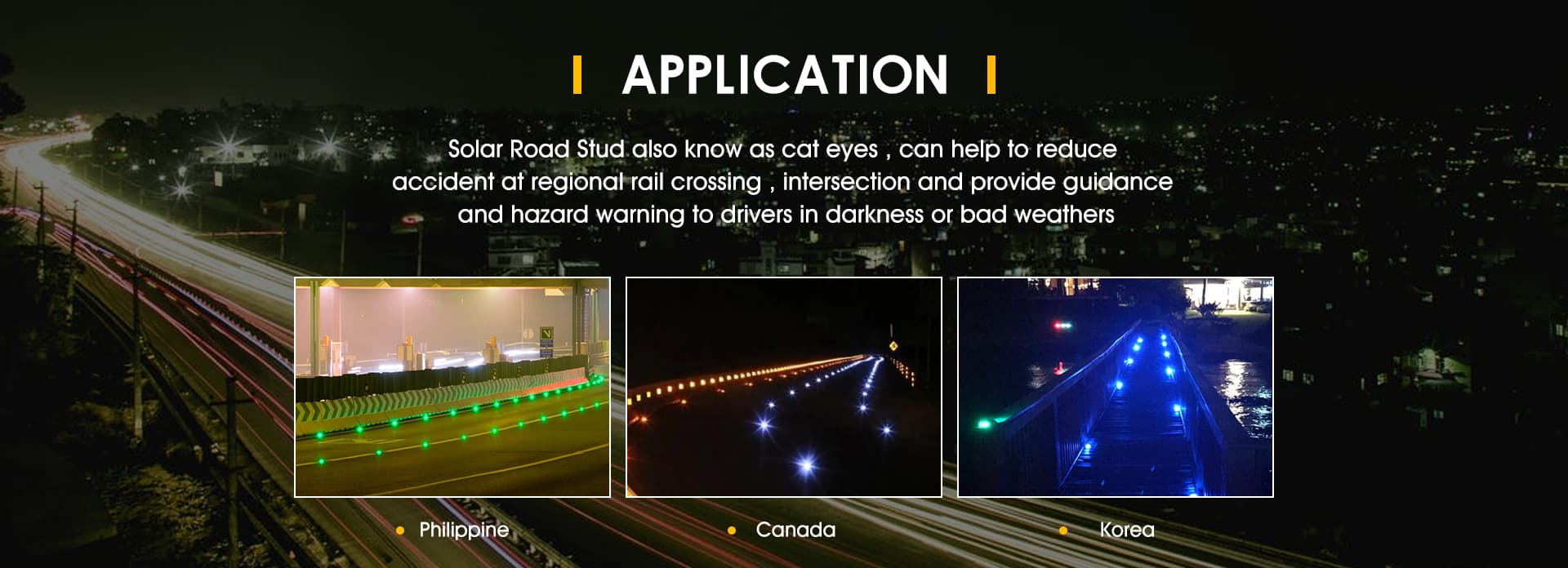
Traffic Safety Flashing Solar LED Reflective Road Studs
Plastic Solar Road Stud Color: Yellow, Blue, Green And White Material: Plastic PC Shell Size: 100x100x20 Mm Weight: 220 G/piece Light Intensity: 8000 Mcd Working Time: At Least 4 Days After Battery Fully Charged Charging Time: 3 Hours In Sunny Day,6
What is STC Rating & How is it Calculated? | SoundGuard
5/8″ metal studs, 5/8″ drywall (2 layers total), No insulation = STC of 38-40. 2×4 stud, 5/8″ drywall (2 layers total) Plus Batt insulation = STC of 34-39. 5/8″ metal studs, 5/8″ drywall (2 layers total) Plus Batt insulation = STC of 43-44. With two sheets total, of 5/8” drywall
Steel Framing Industry Association (SFIA)
Assure specifiers and users that your steel framing studs and connector products meet code requirements. In December 2013, Architectural Testing, Inc. (ATI) became a part of the Intertek family. Continued utilization of the Architectural Testing Symbol on the SFIA Certification labels remains an indication of code compliance and provides
Google 翻译
Google 的免费翻译服务可提供简体中文和另外 100 多种语言之间的互译功能,可让您即时翻译字词、短语和网页内容。请上传以下格式的文档:.doc、.docx、.odf、.pdf、.ppt
Literature Library | BASF Catalysts
Welcome to the BASF Catalysts Literature Database. As the world’s leading supplier of environmental and process catalysts, BASF’s Catalysts division creates chemistry for a sustainable future. We offer exceptional expertise in the development of technologies that protect the air we breathe, produce the fuels that power our world and ensure
Aluminum Solar Road Studs On Fog Installation Sanral
Single gross weight: 0.350 kg. Package Type: Aluminum Solar Road Studs On Fog Installation Sanral Cats Eye Led Lights size:108*97*25mm 350g/pc 60pcs/carton 58.5*24.5*18.5cm 19kg 2pcs/carton. Lead Time : Quantity (Pieces) 1 - 3000.
How to Calculate the Thermal Transmittance (U-Value) in
29/7/2018 · Expressed in W/m²·K, the U-Value depends on the thermal resistance of each of the elements that make up the surface (the percentage in which a building element is opposed to the passage of heat
Types of Insulation | Department of Energy
11/8/2020 · The most common types of materials used for loose-fill insulation include cellulose, fiberglass, and mineral (rock or slag) wool. All of these materials are produced using recycled waste materials. Cellulose is primarily made from recycled newsprint. Most fiberglass products contain 40% to 60% recycled glass.
Polycarbonate (PC) Plastic: Properties, Uses, & Structure -
Polycarbonate is a high-performance tough, amorphous and transparent thermoplastic polymer with organic functional groups linked together by carbonate groups (–O– (C=O)–O–) and offers a unique combination of properties. PC is popularly used as an engineering plastic owing to its unique features that include: Though the characteristics
solar road studs-NOKIN Solar road studs,road stud
Solar Road Studs are flashing solar cell powered LED maintenance-free lighting devices used in road construction to delineate road edges and centre lines. Embedded in the road surface, they are an electronic improvement on the traditional cat’s eyes[1] in that they may give drivers more than a thirty-second reaction window compared with about 3 seconds for conventional reflective devices.
Selecting the best lens for welders' eye protection
9/10/2003 · In the industrial environment, safety glasses are a necessity for jobs that put employees' eyes at risk of exposure to heat, impact, chemicals, or dust. But workers also need protection from nonimpact dangers, such as radiant energy, eye strain, and fatigue. So choosing the appropriate lens or filter plate for your workers' eye protection is just as important in preventing eye injury as is
Fire Resistance Testing - Intertek
Comprehensive Fire Testing Brochure. Our full range of equipment includes multiple Steiner tunnels, large-, mid-, and small-scale furnaces, ISMAs, hood and cone calorimeters, and vertical and horizontal furnaces. We can test building or construction products of virtually any size and our testing facilities enable us to test the fire resistance
Solar Road Stud Light FCC Farm Road Spike--NOKIN
2021 Raised Road Stud Lights Price. Safety and convenience have fused into one with NOKIN road stud light. Safe enough to handle any road, this road stud light can be quickly installed and should never need to be touched again. Quickly change between an on, off, or strobe setting with the flip of a switch. The included 1200mAh Ni-Mh rechargeable
Soundproofing Absorption Coefficent Charts
Glass (1/4″ plate, large pane) 0.18 0.06 0.04 0.03 0.02 0.02 Glass (small pane) 0.04 0.04 0.03 0.03 0.02 0.02 Plasterboard (12mm (1/2″) paneling on studs) 0.29 0.1 0.06 0.05 0.04 0.04 Plaster (gypsum or lime, on masonry) 0.01 0.02 0.02 0.03 .06 0.05 0.04
Gallium arsenide - Wikipedia
Solar cells and detectors. Gallium arsenide is an important semiconductor material for high-cost, high-efficiency solar cells and is used for single-crystalline thin film solar cells and for multi-junction solar cells. The first known operational use of GaAs solar cells in space was for the Venera 3 mission, launched in 1965.

